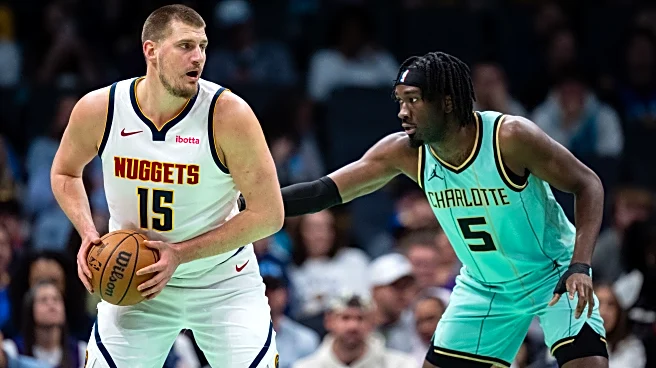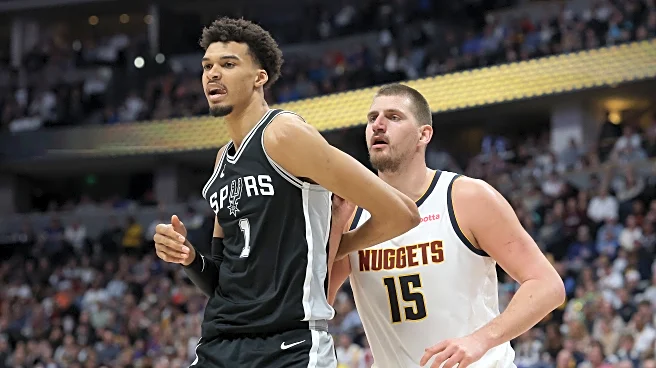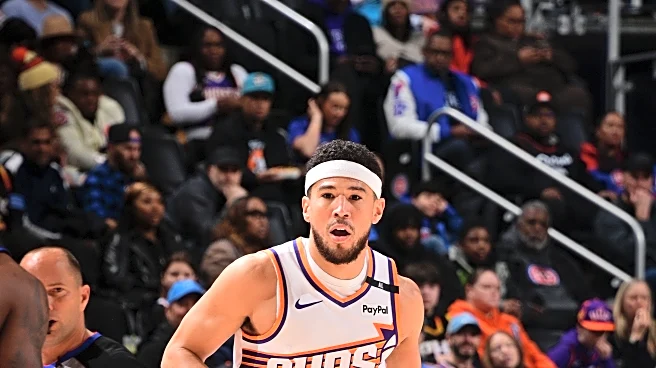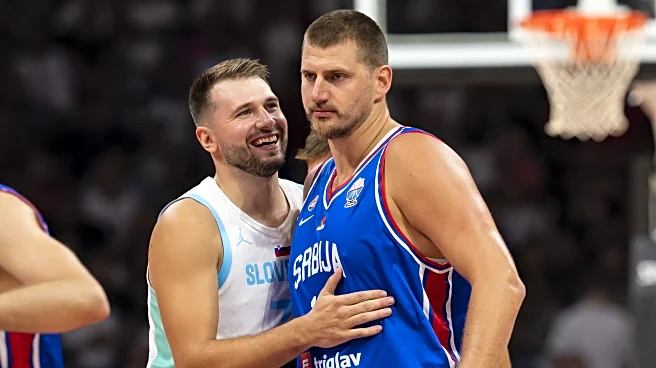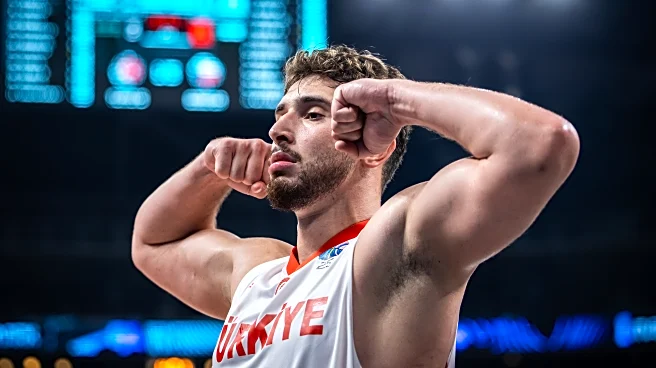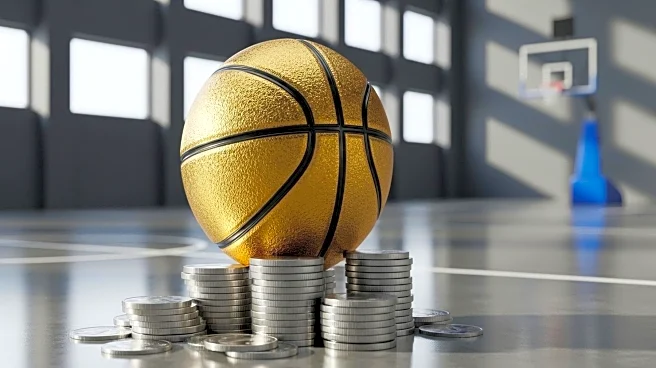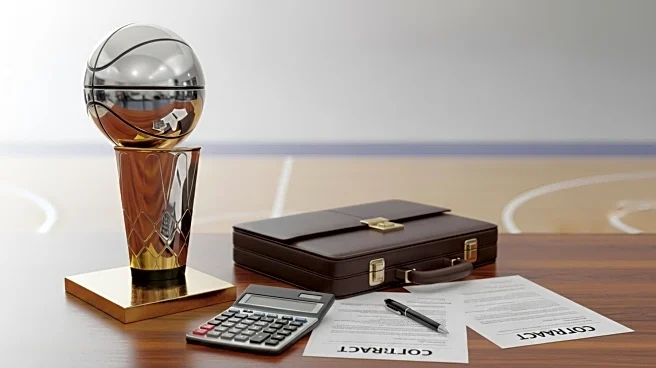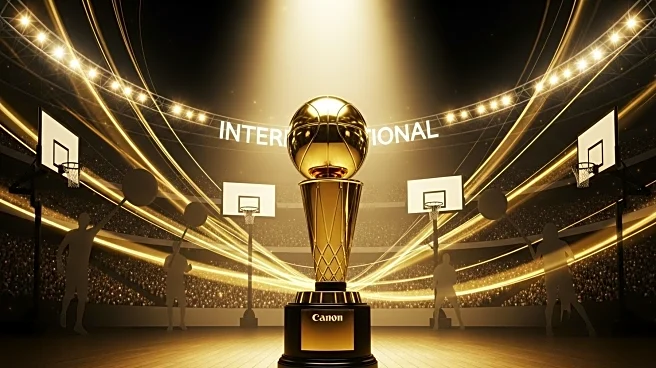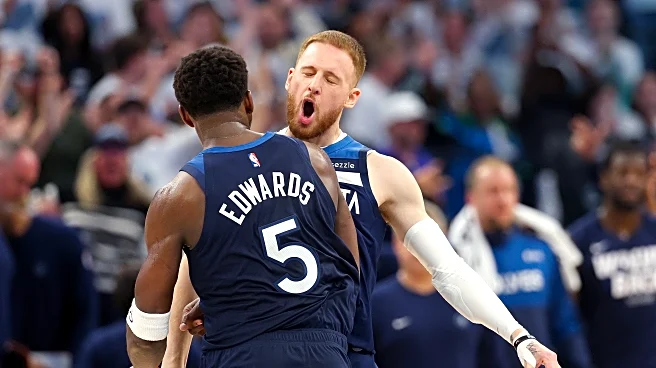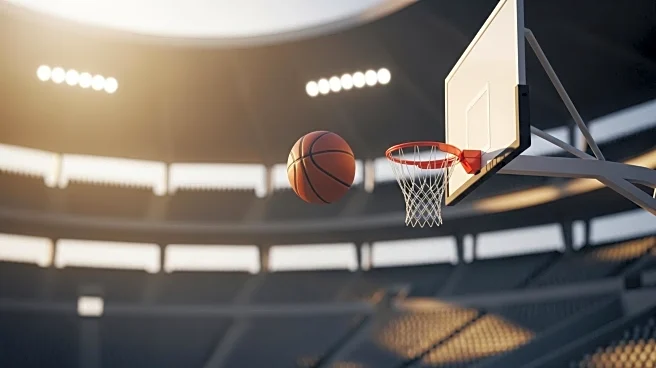
The Western Conference is a beast. Bigs are back. Where do the Suns stack up?
The Phoenix Suns finally have vertical size and a real paint deterrent, maybe two.
Mark Williams gives them lob gravity, second-chance juice, and a true rim anchor. Nick Richards adds 10-15 minutes of blunt-force rebounding. Rookie Khaman Maluach is a project, but the archetype fits. Oso Ighodaro is undersized, but interesting.
In a conference loaded with top-end 5s, Phoenix moves from “patchwork” to “respectable with upside,”
which matters when you live in a conference with Jokic, Davis, Sabonis, Wembanyama, Zubac, etc.
The Suns have its strongest group of centers in recent memory. Where do they stack up in the West?
TIERS: At a glance
This will be ranked strictly by production expected next season, with an emphasis on high-end talent over depth. “Bigs” are subjective, and some may think of bigger PFs who play small-ball center for time-to-time fit the bill. I try to navigate those waters as smoothly as possible in this imperfect exercise.
ELITE
- Denver Nuggets, 2. Dallas Mavericks, 3. Houston Rockets
The clear number one here is the Denver Nuggets.
DEN: Nikola Jokic, Jonas Valanciunas, Zeke Nnaji.
Nikola Jokic alone makes this an easy call. He is one of the greatest centers of all time and is somehow only getting better every year. Now, he has the best backup center he’s had in years (maybe ever for him?) with the addition of Jonas Valanciunas. That is a bruising, imposing frontcourt. Shoutout Zeke Nnaji.

The Dallas Mavericks are in the conversation due to their depth and talent, especially if you include Anthony Davis, who falls under the “big man” category.
DAL: Anthony Davis, Daniel Gafford, Dereck Lively II
They can shift either Daniel Gafford or Dereck Lively II alongside AD for a massive frontcourt. And of course, you still have to deal with Cooper Flagg, who slides down the position chart as a giant 3.
Last but not least comes the Houston Rockets, who have a pair of veterans alongside the young stud Alperen Sengun.
HOU: Alperen Sengun, Clint Capela, Steven Adams
Steven Adams and Clint Capela each offer a different look, but should provide stability and depth behind and alongside Sengun. Durant gets himself quite the trio of centers to work with. That’s 48 minutes of quality center play.
STRONG
4. San Antonio Spurs, 5. Oklahoma City Thunder, 6. Minnesota Timberwolves, 7. Los Angeles Clippers
The Spurs have Wemby, of course, and new addition Luke Kornet in their frontcourt. Wembanyama isn’t your typical big man, but he’s one of the most gifted large humans in the association already, and for that alone, that puts the Spurs at the top of the second tier for me.
SAN: Victor Wembanyama, Luke Kornet, Kelly Olynyk
OKC: Isaiah Hartenstein, Chet Holmgren, Jaylin Williams, Thomas Sorber
MIN: Rudy Gobert, Naz Reid, Julius Randle (stretch), Joan Beringer
LAC: Ivica Zubac, Brook Lopez, John Collins (stretch)
These teams all rely on their backline of defense in one way or another. The Thunder should probably get more respect here, but that’s just how high I am on Wemby’s two-way impact. Minnesota is deep and versatile. Zubac remains one of the most underrated players in the game, and Brook Lopez can still impact games despite his age.
DECENT
8. Memphis Grizzlies, 9. Sacramento Kings, 10. Phoenix Suns, 11. Utah Jazz, 12. Portland Trail Blazers
This tier feels right for Phoenix. Williams’ health concerns are valid, and Maluach is still unproven, but the upside is certainly there. Stars like JJJ & Sabonis give the edge to the Grizz and Kings within this tier. Depending on how Aldama and Edey progress, Memphis could slide up into the tier above.
MEM: Jaren Jackson Jr., Santi Aldama, Zach Edey
SAC: Domantas Sabonis, Dario Saric, Drew Eubanks, Maxime Raynaud
PHX: Mark Williams, Khaman Maluach, Nick Richards, Oso Ighodaro
UTH: Walker Kessler, Kyle Filipowski, Jusuf Nurkic, Lauri Markkanen (stretch)
POR: Donovan Clingan, Robert Williams, Duop Reath, Yang Hansen
Utah’s center rotation is sneaky good. Kessler is a rim deterrent, and Filipowski looks like a prime breakout candidate. Markkanen is more perimeter-oriented, so including him is a bit of a stretch but his size alongside that group makes them a handful to deal with.
Portland could easily move up a few spots depending on the development of Clingan and Yang specifically.
NOT GREAT!
13. Golden State Warriors 14. New Orleans Pelicans, 15. Los Angeles Lakers
This group isn’t the most talented, and they are all paper-thin depth-wise. Not a lot to write home about, though I do like some of the prospects that the Pelicans have. If Missi makes a leap and Queen has a strong rookie season, they would shoot up into the next tier. Dryamond carries the Warriors to the top of this tier, but Father Time is undefeated, and their depth is questionable.
GSW: Dryamond Green, Quinten Post, Trayce Jackson-Davis
NOLA: Yves Missi, Karlo Matkovic, Kevon Looney, Derik Queen
LAL: Deandre Ayton, Jaxson Hayes, Maxi Kleber
This same ranking for Phoenix a season ago would’ve had them in the “not great!” tier with ease. Progress is being made despite the West only getting stronger this summer at the position, so that’s a good sign.
A lot of their growth depends on three key factors.
- How many games does Mark Williams play?
- How quickly does Khaman Maluach develop?
- If one of those two points above (or both) doesn’t go as planned, is Nick Richards ready to step up?

